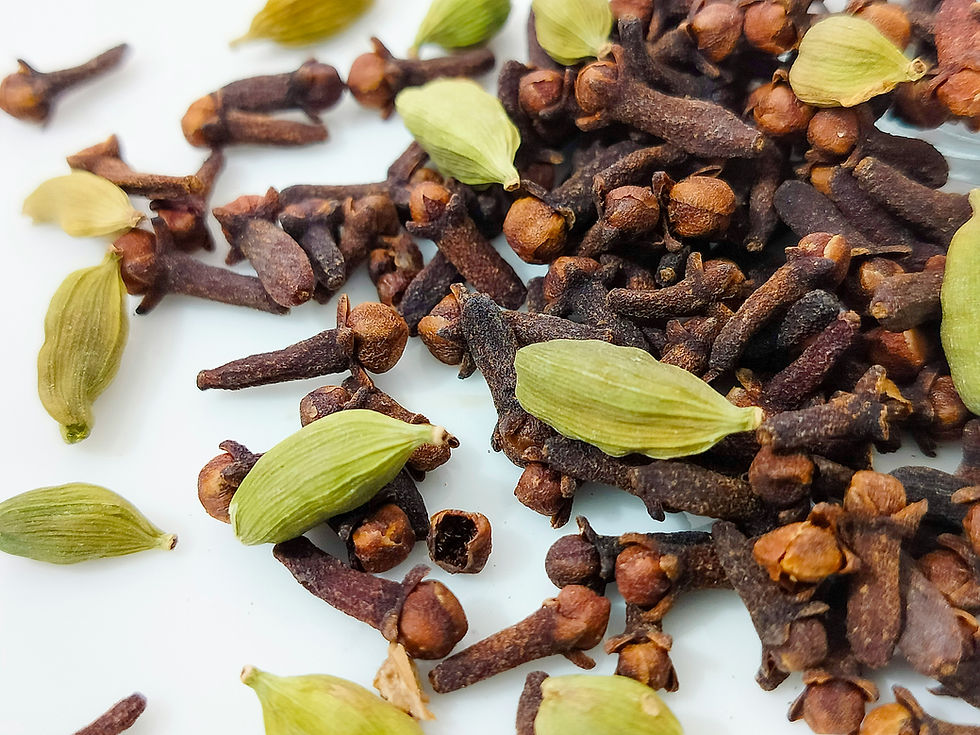Easy Ways to Identify Coffee That’s No Longer Fresh, Don’t Brew It Wrong
- IT DMK Cargo
- Jul 23
- 3 min read

Coffee quality isn’t just about taste, it’s also about freshness. Coffee that’s no longer fresh will lose its aroma, flavor, and the sensation that makes the coffee-drinking experience special. Unfortunately, many people don’t realize that coffee can change long before the expiration date. In fact, recognizing the signs is pretty easy if you know what to look for.
Aroma That No Longer Entices
One of the easiest ways to evaluate coffee freshness is through its aroma. When the package is opened, fresh coffee will instantly release a distinct, vibrant, and lively scent. But when the aroma starts to weaken, or even disappears or turns into a rancid smell like old oil, it’s a strong sign that the coffee has lost important volatile compounds that create its delightful taste. A simple test you can do is take a bit of ground coffee and smell it slowly. If there’s no pleasant aroma, it’s better not to proceed with brewing.
No Reaction When Brewed
In manual brewing methods like V60, pour over, or Kalita, fresh coffee usually shows a blooming reaction when it first contacts hot water. Blooming is the appearance of bubbles, indicating that carbon dioxide is still trapped inside the ground coffee. This is a natural sign of coffee that’s still alive. If there’s no reaction at all when brewed, it means the gas has already escaped due to prolonged storage. Brewed coffee that’s lost its CO₂ usually tastes flat and lacks complexity.
Coffee Bean Appearance Changes
Coffee beans that are still in good condition appear dense, dry, and slightly glossy. But when the surface looks too oily or instead dull and faded, it’s likely the beans have undergone oxidation. The natural oils that come to the surface are exposed to air and create a rancid taste. This oxidation affects not only aroma but also flavor, making coffee lose its character. Overly oily beans can also be a sign the coffee has been stored in high temperatures or has been roasted too long ago.
Flavors That Are No Longer Balanced
Fresh coffee has a lively and balanced taste. You can usually taste the natural sweetness of the bean, soft acidity, and bitterness that blends well. When freshness fades, bitterness tends to dominate and the acidity turns harsh. Sometimes it even tastes like bland coffee water with no impression left in your mouth. A flat flavor that quickly disappears after sipping is a sign that the essential chemical compounds in coffee have degraded and the quality has declined.
Improper Storage
Even the best coffee will quickly lose freshness if stored incorrectly. Open containers exposed to air, light, and high humidity accelerate oxidation. Coffee should be stored in an airtight container, placed in a dry and cool place, and away from direct sunlight. Storing it in the fridge is also not recommended because coffee can absorb odors from other foods. Buying whole beans and grinding just before brewing will help keep the taste fresh every time it’s served.
Don’t Let Your Morning Cup Lose Its Story
A cup of coffee is not just about routine but about experience. When the beans you use are no longer fresh, all the small things that make coffee special slowly disappear. You may still brew it, but the taste won’t deliver the same energy or impression. That’s why it’s important to be more sensitive to small changes in your coffee so your coffee moments stay complete and satisfying.
Want coffee that’s always fresh and high-quality? Mandala is the answer!!
Contact us via WhatsApp and Email below:
WhatsApp: +62 813 9669 0008





Comments